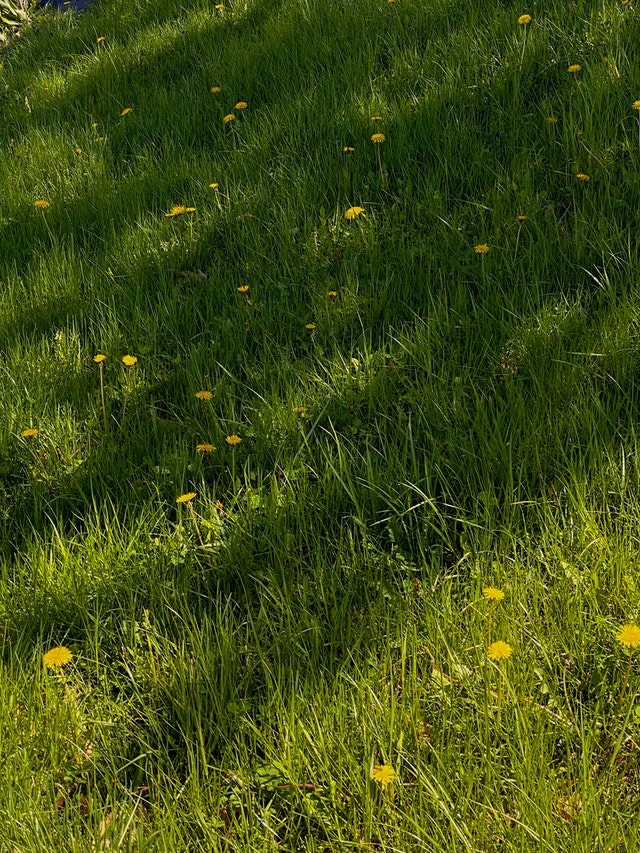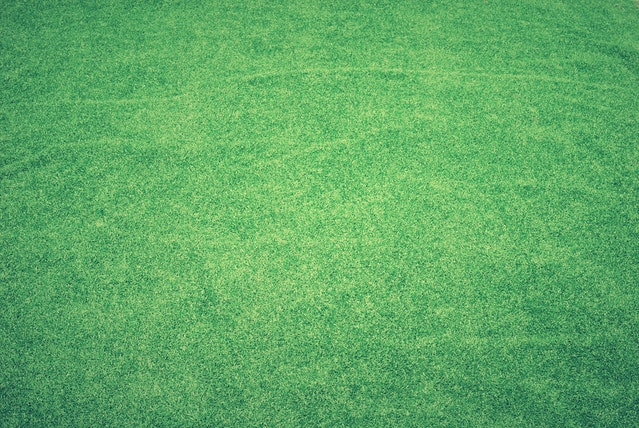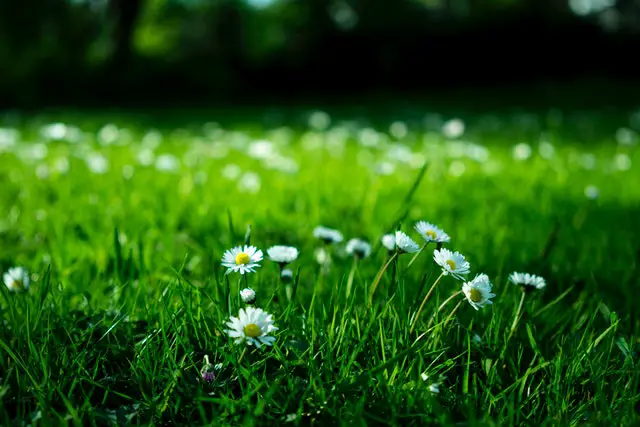If you’re reading this introduction, there’s a high chance that you want to deal with dead grass. Dead grass occurs on lawns due to an infestation of pests, a disease, or other factors. More than likely, at some point, you will have to remove it from your lawn. Here are a few tips on how to do it effectively and without disrupting the healthy turf.
Contents
Should You Rake Dead Grass?
Raking dead grass may seem pointless, but there are several good reasons to do it.
First, dead grass can harbor pests and diseases that can harm your lawn. Raking up the dead grass helps to remove these potential problem areas. In addition, raking also helps to loosen up the soil, making it easier for new seedlings to take root.
Finally, removing dead grass also allows sunlight and air to reach the soil, which helps to promote healthy growth. So while raking may not be the most exciting lawn care task, it is worth taking the time to do it.
Tools For Removing Dead Grass
You may need one or more of the following tools.
- Rake (including a power rake)
- Shovel
- Lawnmower
- Dethatcher

How To Remove Dead Grass From Lawn: Try These Methods
Before removing dead grass from your lawn, it is essential to ensure that the area is completely dry. It may be much more difficult to remove if the grass is wet.
Once the area is dry, you can begin using one of the following methods:
- Raking: This is probably the most common method for removing dead grass. You can use a standard garden rake or a power rake. Using a power rake, be careful not to damage the healthy turf.
- Shoveling: This method is best for small areas of dead grass, especially if you want to uproot it totally. Use a shovel to remove the dead grass and roots carefully. Be sure to use a gentle touch to avoid damaging the healthy turf.
- Mowing: You can also remove dead grass by mowing over it with a lawn mower. Be sure to set the blades on the mower to the highest setting so as not to damage the healthy turf. We only recommend this for lawns with thick grass that needs mowing at that point.
- Lawn Dethatching: This method is best for large areas of dead grass. A dethatcher will remove the thatch (dead grass and roots) from your lawn without damaging the healthy turf.
- Sod cutting: This is a more aggressive method that should only be used as a last resort. A sod cutter will remove a layer of turf, including the dead grass. This method can damage the healthy turf, so it should only be used if necessary.
Once you have removed the dead grass, you should take steps to prevent it from returning. This is why it’s important to identify what caused the grass to die in the first place.
What Causes Dead Grass To Appear On Your Lawn?
There are several reasons why dead grass can appear on your lawn. Here are some of them:
Watering Too Much or Not Enough
One of the most common reasons dead grass appears on your lawn is that you’re either watering too much or not enough. If you water too much, the roots of the grass can suffocate and die. On the other hand, if you don’t water the lawn enough, the grass will turn brown and eventually die. The key is to know how many inches of water your lawn needs.
Mowing the Grass Too Low
Another common reason for dead grass is mowing the grass too low. You’re scalping the lawn when you cut the grass too low. This can damage the root system, making it difficult for the grass to recover. As a general rule, you should never remove more than 1/3 of the grass blade when mowing.

Fertilizer Burns
Fertilizer burns are another common cause of dead grass. This usually happens when you apply too much fertilizer to the lawn. The fertilizer can burn the entire root of the grass, causing the grass to die. If you do need to fertilize your lawn, be sure to follow the directions on the fertilizer label.
Pests and Diseases
Pests and diseases can also cause dead grass. Grubs, for example, are a type of pest that feeds on the roots of the grass. This can damage the root system and kill the grass. Diseases can also kill the grass. Some common lawn diseases affecting lawns include brown grass patches and powdery mildew.
Weeds
Weeds can also kill the grass by competing for resources. Weeds can steal water and nutrients from the soil, leaving the grass starved. As a result, the grass will die. Deal with the weeds early on to prevent them from killing the grass.
Debris
Debris, such as leaves and twigs, can also kill the grass. This is because the trash can block sunlight from reaching the grass. As a result, the grass will die. Be sure to remove debris from your entire lawn to prevent it from killing the grass.
Salt Damage
Salt damage is another common cause of dead grass. This usually happens in the winter when salt is used to melt ice on the roads and sidewalks. The salt can get into the soil and damage the roots of the grass. As a result, the grass will die. If you use salt in the winter, rinse the salt off your lawn with fresh water in the spring.
Dog Urine
Dog urine can also kill the grass. This is because dog urine is high in nitrogen, which can burn the healthy roots of the grass. If you have a dog, train it to urinate in an area that doesn’t have any grass.
Conclusion
So, there you have it – the steps you need to take to remove dead grass from your lawn and bring back the green. By following these simple tips, you can be on your way to a lush and healthy lawn in no time!
- How to Get Potatoes to Sprout Eyes: Detailed Growing Guide with 3 Options - July 31, 2023
- Weight of a Medium Potato: Revealed in Detailed Guide - July 29, 2023
- Maris Piper Potatoes: 9 Substitutes You Should Know About - July 27, 2023
Hello! I’m Jessica Zander, a garden coach and consultant based in the Boston area (zone 6b), offering virtual consultations across the country and Canada.
I’ve been passionate about gardening since the early 1990s, and in 2022, I launched You Can Do It Gardening to empower individuals to feel more confident in their gardening endeavors.
Following a 30-year career in nonprofit finance and operations, I transitioned out of that field in mid-June of 2023 due to the growing demand for coaching services. Interestingly, my years of presenting financial statements to boards and finance committees proved to be valuable experience for teaching people about gardening! I enjoy sharing skills, providing guidance and suggestions, and collaborating efficiently with clients to make significant improvements to their outdoor spaces, both small and large. I also regularly teach at the Arlington Continuing Education and Cambridge Adult Education.
My approach is direct and practical, akin to Mary Poppins, but tailored to your garden. Clients find satisfaction in saving money and taking pride in their own gardening achievements.



sdfsdfsdf